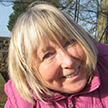The 'Rose Labyrinth' of Coughton Court, where 200 varieties come together in this world-renowned garden in Warwickshire
Val Bourne finds the award-winning roses flourishing at Coughton Court in Warwickshire, where the historic garden is now in the hands of the latest in many generations of the same family. Photography by Clive Nichols.
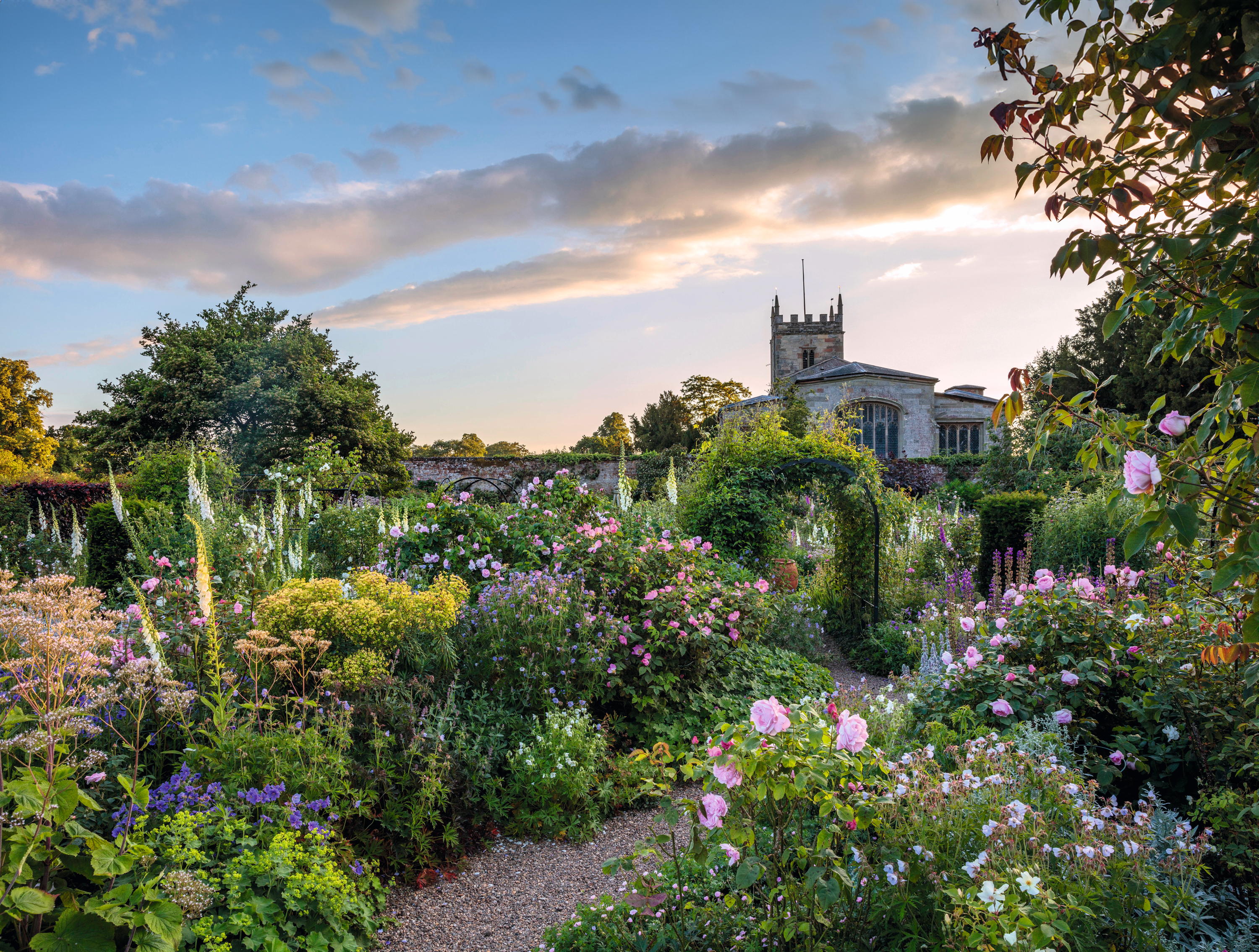

‘It was always my grandmother’s wish,’ says Magnus Birch Throckmorton, of his ancestral home, Coughton Court by the River Arrow in Warwickshire, ‘that we would move in and look over the house and garden.’ The 25-acre gardens had been made by his grandmother and mother almost 30 years ago, embellishing ‘the lovely bones of the Tudor house, walls, two churches and lake’ with colourful planting. Yet Mr Birch Throckmorton and his wife, Imogen, knew nothing about gardens when they arrived in 2017.
‘I was a wine merchant and Imogen worked in London.’ Since then, he adds, ‘Imogen has worked alongside the very able team of gardeners and I provide some muscle occasionally. Now, we love the beauty and historic atmosphere of the house and gardens, rather than feeling overwhelmed by the responsibility.’ As a result, they are ready to take back the running of the whole property from the National Trust from February next year.

Spires of white lupins, pink and white digitalis and delphiniums with, bordering the path, the grey-leafed Stachys byzantina ‘Big Ears’ and acid-green flowers of Alchemilla mollis, lady’s mantle.
When the Trust took on the house in 1946, the Throckmorton family retained control of the 17-acre formal garden. They planted an extensive orchard containing local heritage apples and fruit and a superb vegetable garden. Some of the daffodils, in The Daffodil Garden, had been bred by an American offshoot of the family, Dr Tom D. Throckmorton of Iowa. He named 50 cultivars and devised a colour-coding system that is now used by the RHS. Two thousand bulbs were planted in 2005, featuring 20 Throckmorton cultivars, although some of them haven’t thrived in the British climate.
Coughton’s favourite roses
Rosa ‘Fantin Latour’ (about 1940)
The favourite of head gardener Clare Loble, this is a suberbly scented, summer-flowering rose with soft-pink quartered blooms. It is one of the earliest to flower. 47in by 31½in
Rosa ‘Pearl Drift’ (Bill Le Grice, 1980)
This repeat-flowering shrub rose has clusters of pearlescent semi-double flowers in palest pink, flattered by glossy, dark-green foliage. The September flush is always superb. 39in x 31½in
Rosa ‘Roald Dahl’ (David Austin 2016)
Red buds open into cupped rosettes of tea-scented apricot flowers, with an old-fashioned shape, on an almost thornless shrub rose of modest, rounded proportions. Good with blues and purples. 47in by 47in
Rosa ‘Alchymist’ (Kordes, 1956)
A vigorous modern rose with good foliage and an abundance of fully petalled, quartered fragrant yellow flowers, which develop a touch of orange-pink as they age. Good grown with the rhubarb and custard honeysuckle, Lonicera periclymenum ‘Serotina’. 12ft by 7ft 9in
Rosa ‘William Lobb’ (Laffay, 1855)
A very vigorous summer-flowering Gallica rose that is trained on Helmingham supports here, to form a maypole arrangement that allows the stems to gravitate towards the ground. Dark-crimson flowers, that fade to lavender-grey, open from heavily mossed buds. 8ft 2in by 4ft 9in
Rosa ‘The Lark Ascending’ (David Austin, 2012)
This healthy medium-sized English shrub rose is hardly ever out of flower because new shoots appear as the truss above fades. The sunset mixture of apricot-yellow is lovely in soft light and mixes well with blues and purples. 5ft by 5ft
The garden’s star attraction, however, is undoubtedly the Rose Labyrinth, set within a 1½-acre walled garden and created in 1996 by Mr Birch Throckmorton’s mother, Christina Williams. She trained at the Chelsea Physic Garden and made the garden as a birthday present for her mother, Clare McClaren-Throckmorton, affectionately known as ‘Mrs T’. It contains 200 varieties of rose, including a large selection of ramblers and climbers, Damasks, Albas, Teas, Noisettes, plus more modern blooms. In 2006, the Rose Labyrinth became the first British garden to be given the prestigious Award for Garden Excellence from the World Federation of Rose Societies.
‘Christina still masterminds the design,’ says her daughter-in-law. ‘Grandma had the vision, however, so it was very much a mother-and-daughter partnership.’
When you walk through the stout oak door in the high walls into the rose labyrinth, you’re hit by the scent of roses and waves of toning colour. Meandering paths draw one on through the carefully chosen plantings — one of the great strengths of the garden is the way the roses have been complemented with other plants. The silver foliage of lamb’s ears, Stachys byzantina, and Artemisia ludoviciana ‘Valerie Finnis’, A. absinthium ‘Lambrook Mist’ and ‘Lambrook Silver’, for instance, were deliberately chosen by Mrs Williams to subdue brighter-yellow roses. The addition of the silver-leafed vine, Vitis vinifera ‘Incana’, adds yet more sparkle.
‘Alchymist’, an egg yolk-yellow climbing rose with fully double quartered flowers, is a favourite here despite producing only one summer flush. This renowned medium-sized climbing rose is always smothered in flowers in June and is a useful plant, as it copes with poorer conditions and will even succeed on a north-facing wall. As were many ramblers, ‘Dorothy Perkins’ was raised in 1901. Its large trusses of fully double dark-pink flowers fade to lighter pink and are well partnered by the mauve-blue viticella clematis ‘Emilia Plater’.
Exquisite houses, the beauty of Nature, and how to get the most from your life, straight to your inbox.
Viticella clematis make perfect follow-up acts for summer-flowering roses because they flower in July and August. ‘Alba Luxurians’, a green-washed asymmetrical white clematis, has a natural, wild appearance as if it could be straight out of a hedgerow. Here, it lights up an arch in a shadier corner. The fully double damson-red ‘Purpurea Plena Elegans’, the flowers of which could be mistaken for a rose, is one of the best viticellas and is thought to date from the 16th century. The plummy flowers link up with dark penstemons, such as ‘Raven’, purple sage (Salvia officinalis ‘Purpurascens’) and the sultry Verbena ‘Bampton’. Further along the wall, there’s an ornamental purple vine, Vitis vinifera ‘Purpurea’. You’ll also find the deep-purple ‘Étoile Violette’, the most popular and obliging viticella of all. ‘Huldine’, a long-flowering pearlescent white, with open flowers, is head gardener Clare Loble’s favourite clematis.
Repeat-flowering roses are widely used, too, because they will produce flushes of flower throughout summer and autumn. Some have family connections. ‘Sir Walter Raleigh’, a warm-pink Austin rose named in 1985, is grown here to honour Raleigh’s wife, Bess Throckmorton. ‘Roald Dahl’, a highly fragrant apricot rose launched in 2016 to mark the centenary of Roald Dahl’s birth, does very well at Coughton. The author was also connected to the family, through his marriage to Felicity, ‘Liccy’, the sister of Mrs T.
Upright spires lift the planting and cultivated forms of our native foxglove, Digitalis purpurea, can be spotted flowering among the roses. It does so well that some seedlings are removed. Others are left to self-seed, their white and pink midsummer spires overlapping with the roses. Mrs Loble raises ‘Sutton’s Apricot’ every year because the softly hued flowers go well with deep blues, such as Anchusa ‘Loddon Royalist’. Later, the tall, deep-blue salvia ‘Amistad’ becomes a feature.

Hardy geraniums are excellent fillers; those in the Rose Labyrinth, include G. ‘Brook-side’ and G. x magnificum. Later in the summer, Salvia ‘Amistad’, another great partner for roses, comes into its own. In the foreground is Rosa ‘Gertrude Jekyll’.
There are tall airy plants, too, and the tiny pale-pink saucers of the mallow, Althaea cannabina, will go on pleasing the bees until November. Verbena bonariensis also provides an airy presence until late into the year. There’s an emphasis on simple flowers and several blue hardy geraniums, such as ‘Brookside’ and G. x magnificum, line the paths, together with Nepeta ‘Purrsian Blue’ and lady’s mantle (Alchemilla mollis).
Wander on further, through an avenue of ‘Grosso’ lavender, and you’ll find several garden rooms and two colour-themed borders, one cool and the other warm to hot. It is almost 30 years since the gardens were planted and, as Mr Birch Throckmorton says, ‘they now feel mature’. Most importantly, they are beautifully planted and maintained, a tribute to all the hard work of everyone involved. As Mrs Loble says, ‘we all want the best garden possible’.
This feature originally appeared in the June 18, 2025, issue of Country Life. Click here for more information on how to subscribe'.
-
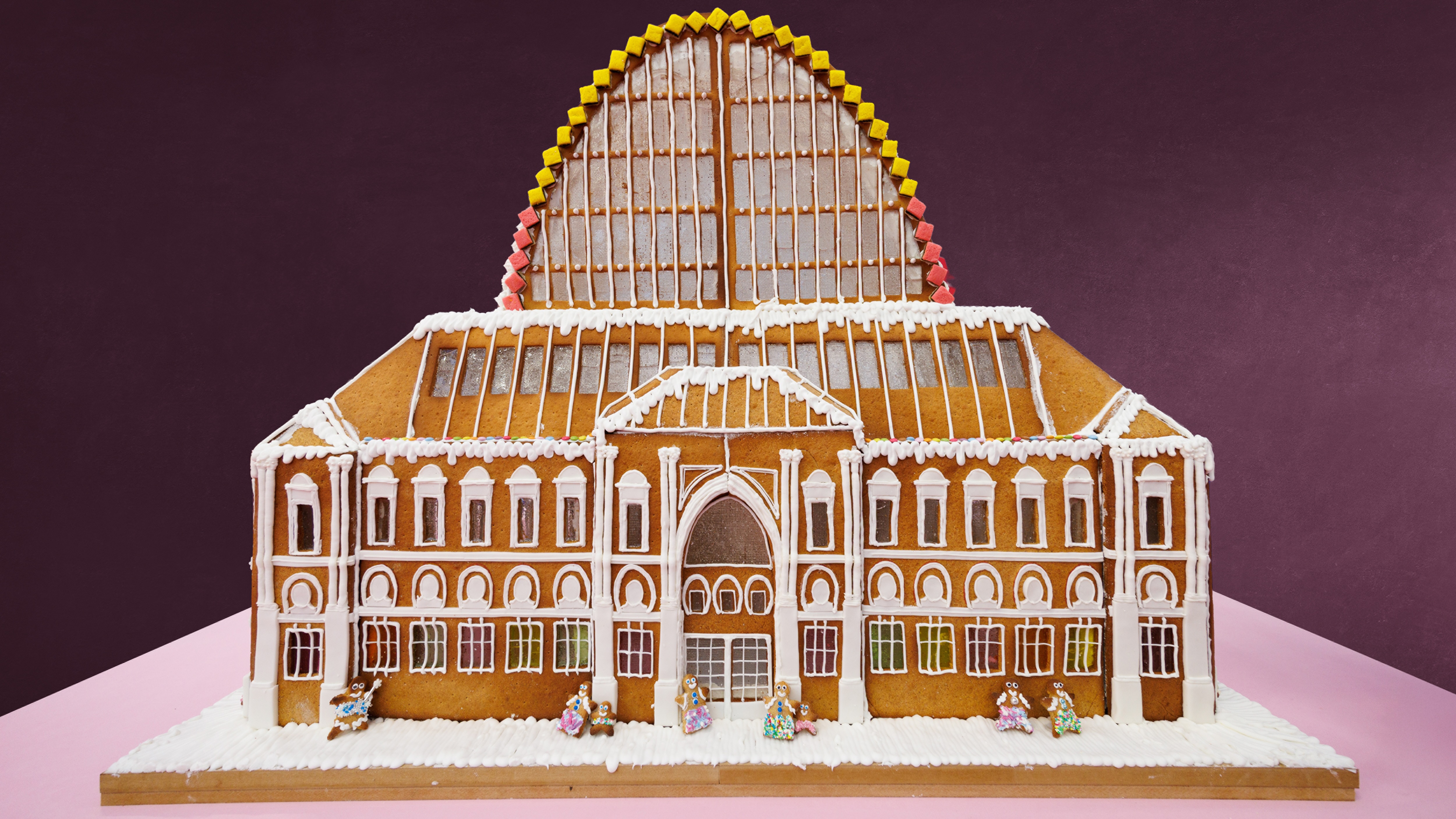 Sweet civilisation: What do you get when you ask architects to compete in a gingerbread competition?
Sweet civilisation: What do you get when you ask architects to compete in a gingerbread competition?The Gingerbread City is back in London’s Kings Cross. Lotte Brundle pays it a visit.
-
 Sophia Money-Coutts: A snob's guide to meeting your in-laws for the first time
Sophia Money-Coutts: A snob's guide to meeting your in-laws for the first timeThere's little more daunting than meeting your (future) in-laws for the first time. Here's how to make the right kind of impression.
-
 When it comes to making the perfect garden tool, the past has all the answers
When it comes to making the perfect garden tool, the past has all the answersMary Keen visits Garden & Wood, the mecca for dedicated gardeners who prefer using tools made in the 1940s
-
 'A dream of Nirvana... almost too good to be true': The sweet peas of Easton Walled Gardens, and how you can replicate their success at home
'A dream of Nirvana... almost too good to be true': The sweet peas of Easton Walled Gardens, and how you can replicate their success at homeUrsula Cholmeley, who has spent 25 years restoring Easton Walled Gardens, recommends sowing sweet peas now for stronger plants that will better withstand the weather.
-
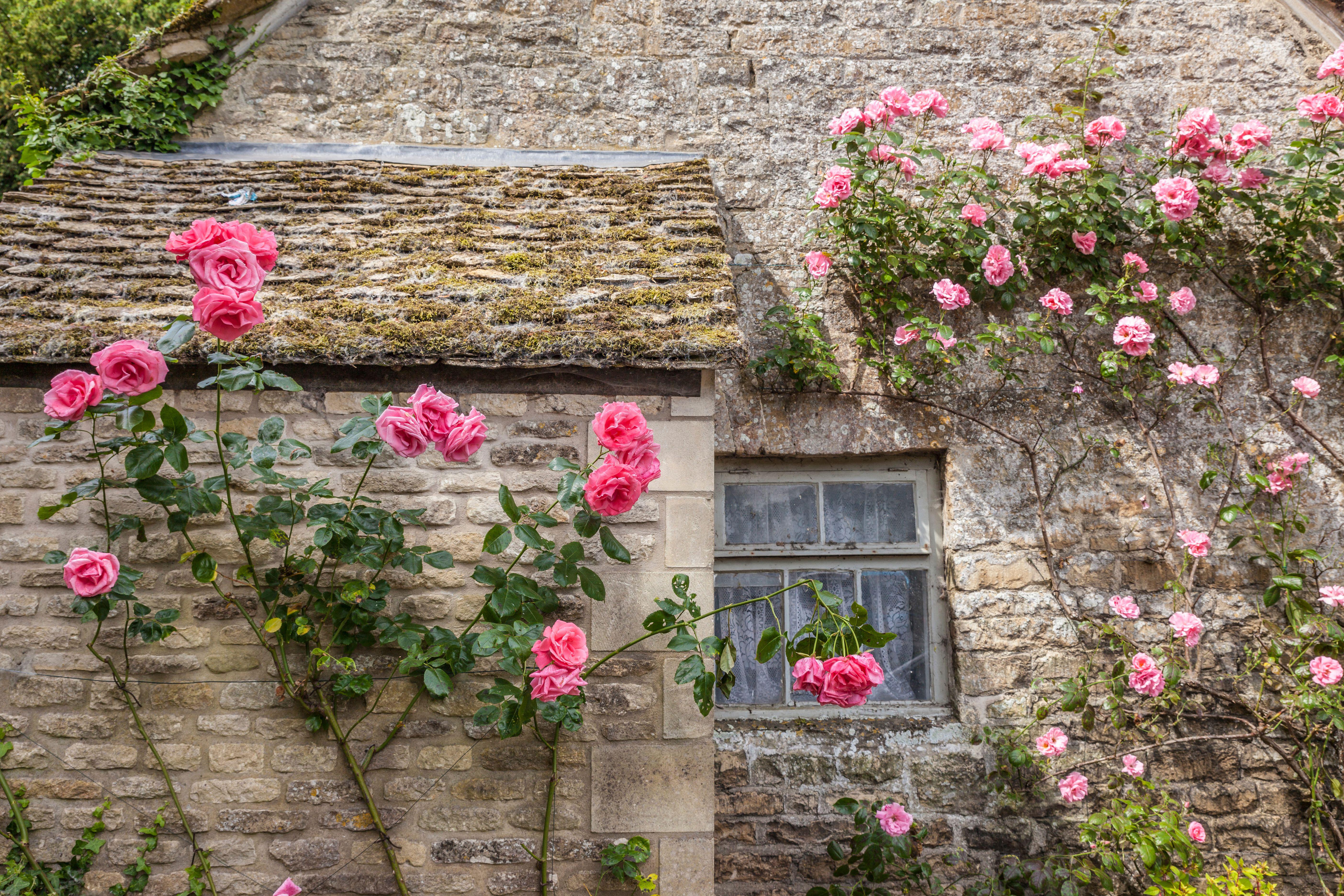 How to choose the perfect rose this bare root season
How to choose the perfect rose this bare root seasonLooks can be deceiving: bare root roses are hardier and more sustainable than potted ones, says Tabi Jackson Gee, who moved to a cottage in Wiltshire and went about finding the perfect plant. You just need patience.
-
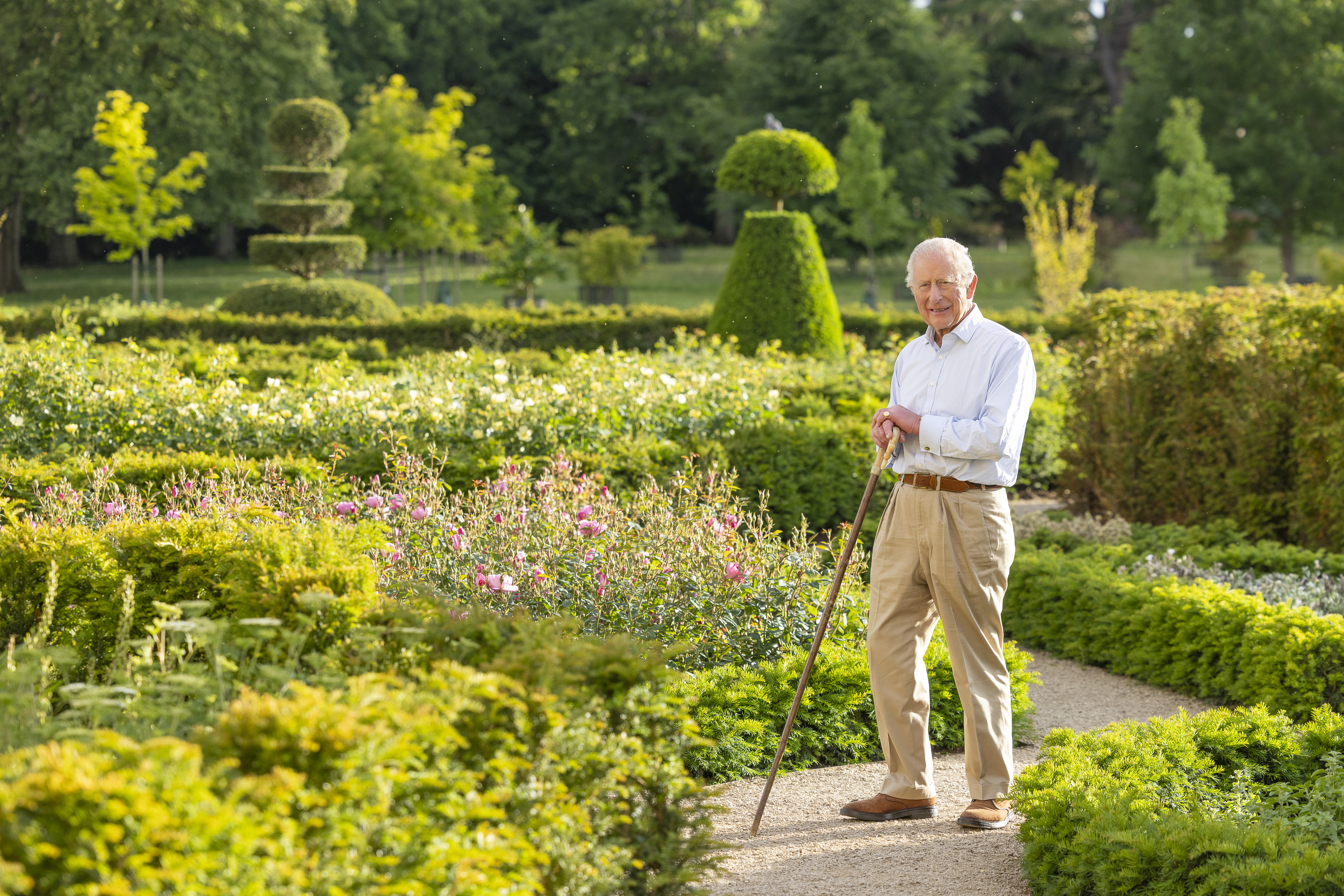 Exclusive: The King's remarkable resurrection of the gardens and parkland at Sandringham
Exclusive: The King's remarkable resurrection of the gardens and parkland at SandringhamThe King took over the running of the 21,000-acre Sandringham estate in 2017 — and in the last three years has transformed it beyond recognition.
-
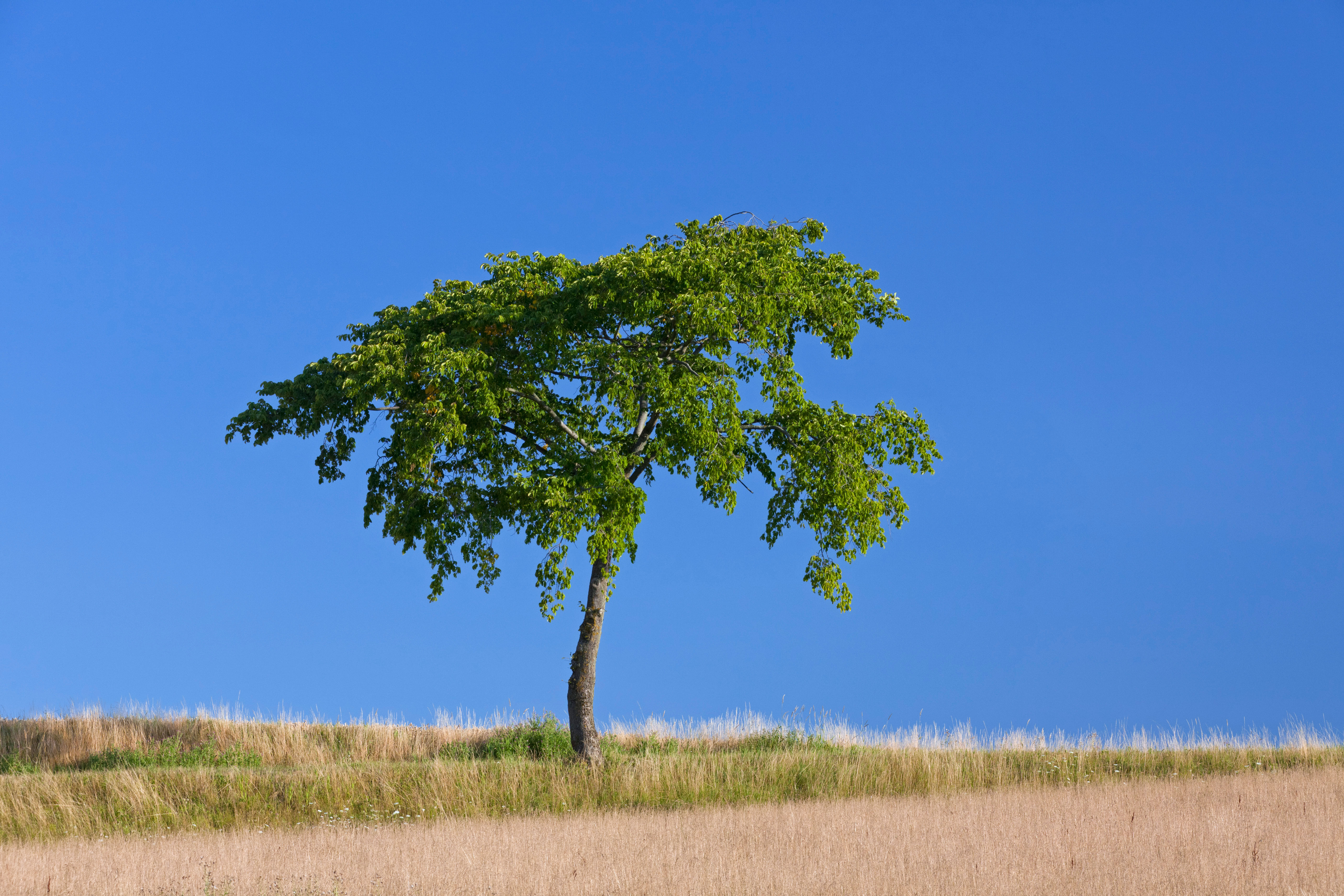 The trees that are as fine to eat as they are to look at
The trees that are as fine to eat as they are to look atMark Diacono doesn't grow many trees for the sake of the bounty they provide — but these are the notable exceptions.
-
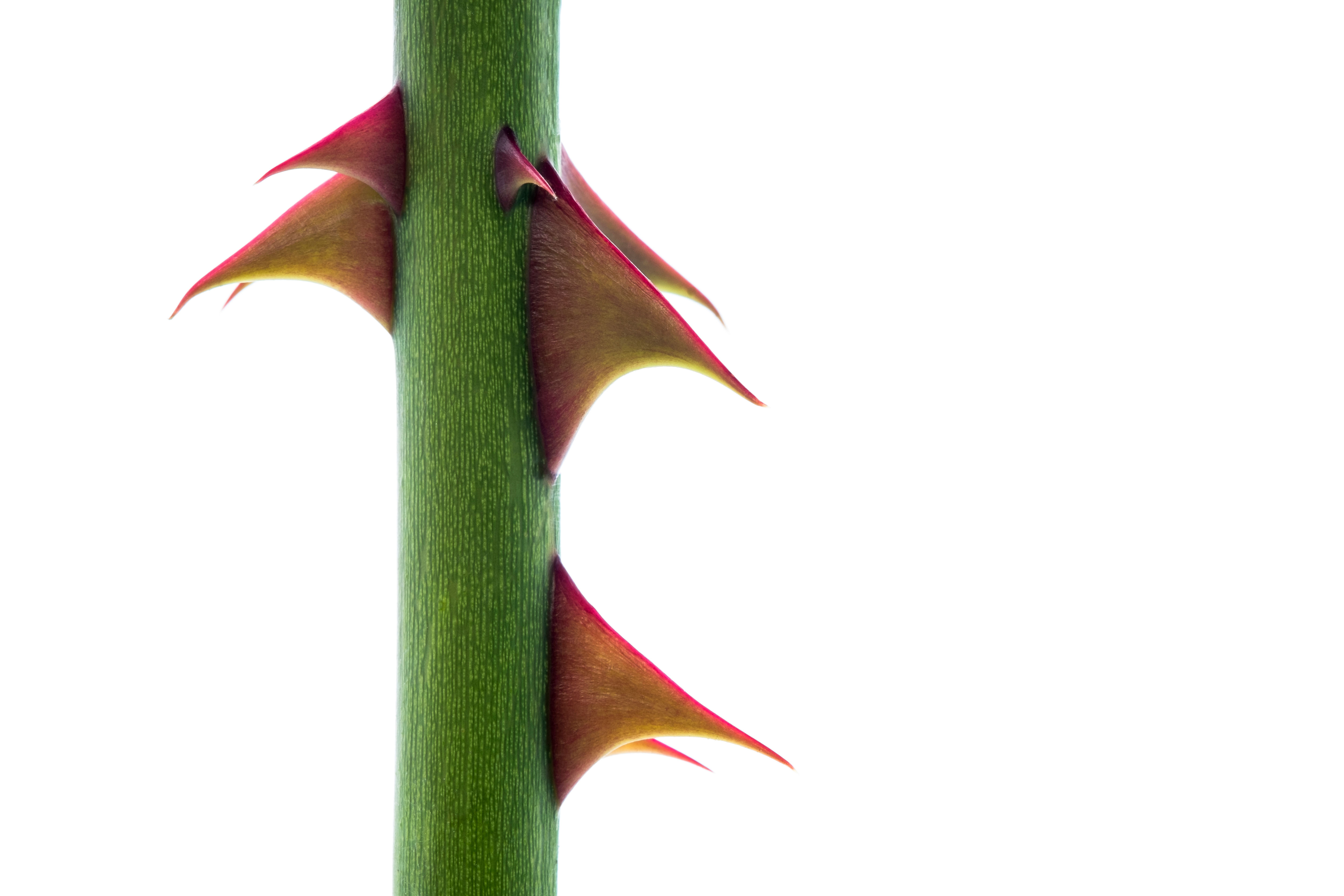 Bothered by brambles and snagged by sow thistles, but what is the point of all this thorny microaggression?
Bothered by brambles and snagged by sow thistles, but what is the point of all this thorny microaggression?Nature’s spiky deterrents — thorns, spines and prickles — may be quick to catch us out, but they can also prove to be a useful ally.
-
 The Tuscan gardens where the English and Italian traditions come together, and Yorkshire rhubarb grows happily beside spectacular citrus
The Tuscan gardens where the English and Italian traditions come together, and Yorkshire rhubarb grows happily beside spectacular citrusNick Dakin-Elliot, who gardens in Tuscany, is still moved by the Italian hilltop gardens that command some of the most beautiful views in the world.
-
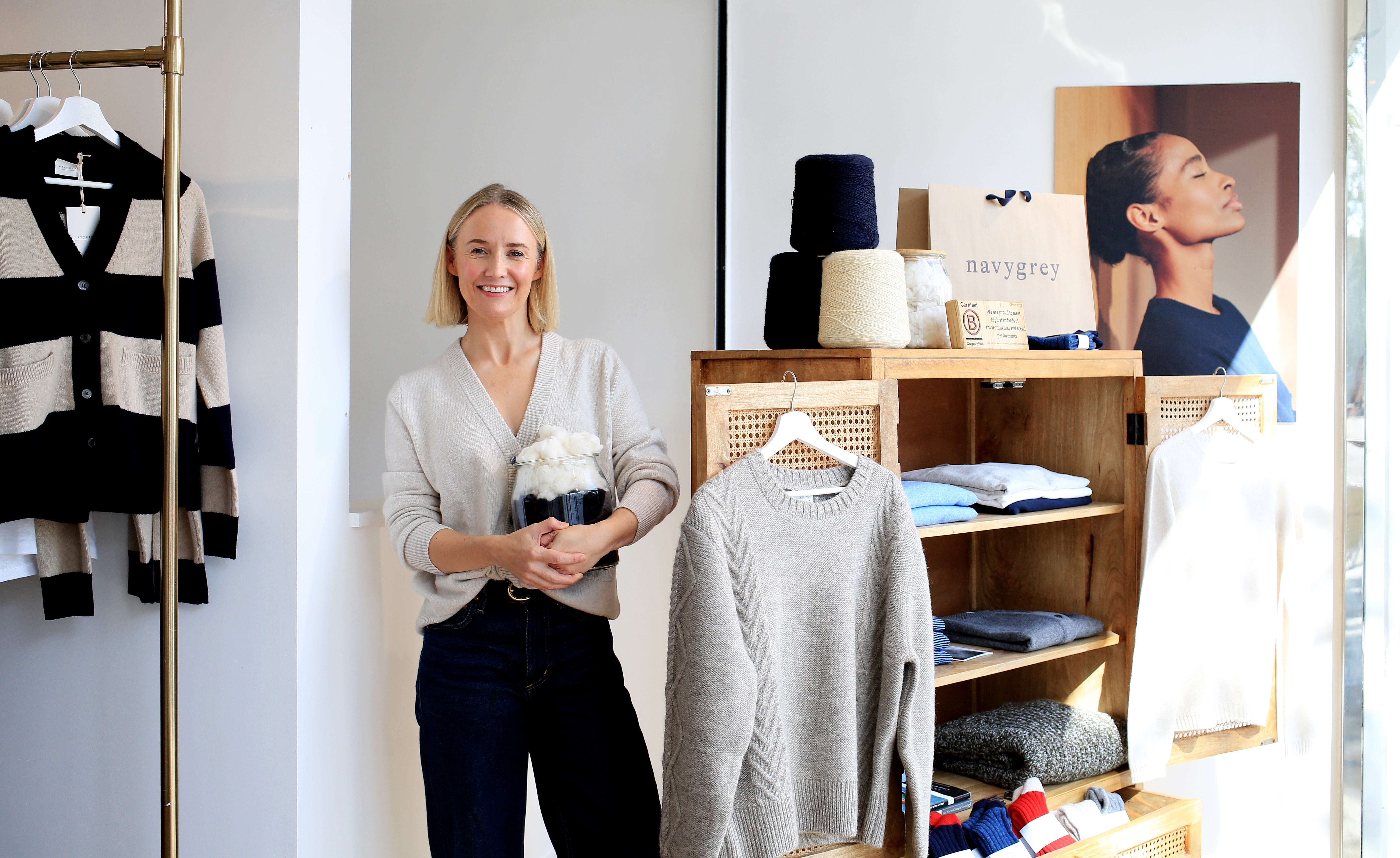 'My family wore wool at a time when everyone else had cast it off in favour of manmade fabrics': The knitwear pioneer who is one of David Beckham's countryside champions
'My family wore wool at a time when everyone else had cast it off in favour of manmade fabrics': The knitwear pioneer who is one of David Beckham's countryside championsJulie Harding speaks to Rachel Carvell-Spedding the founder of British knitwear brand Navygrey, and one of David Beckham's countryside champions.
